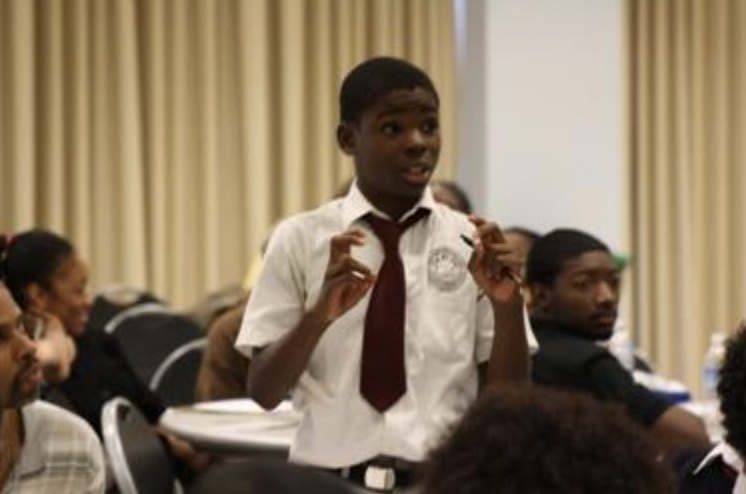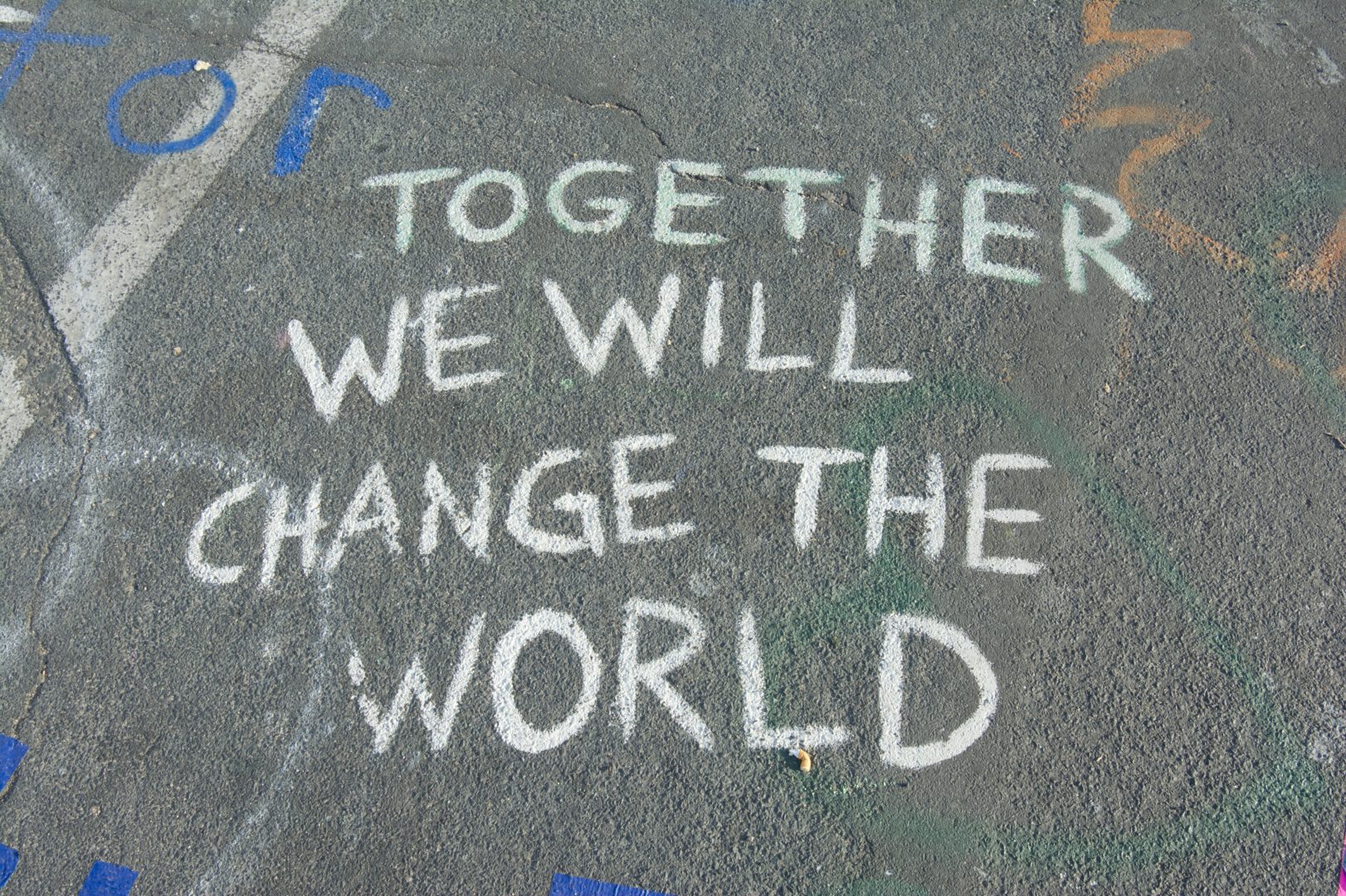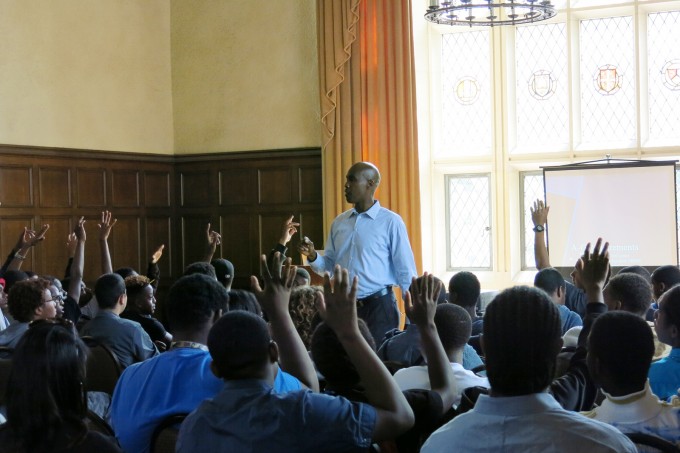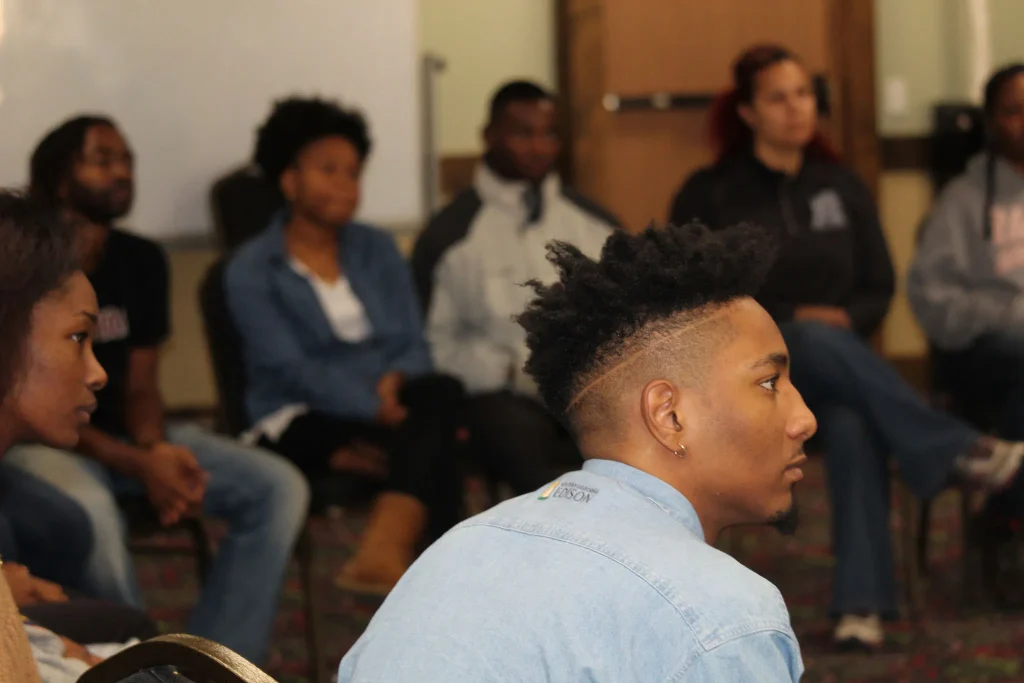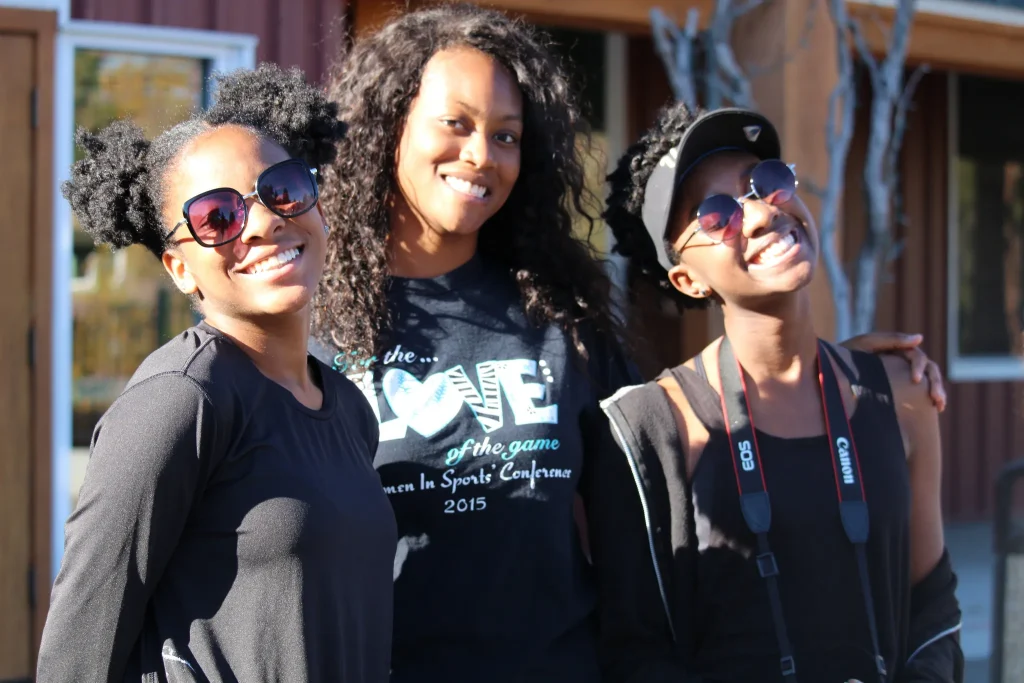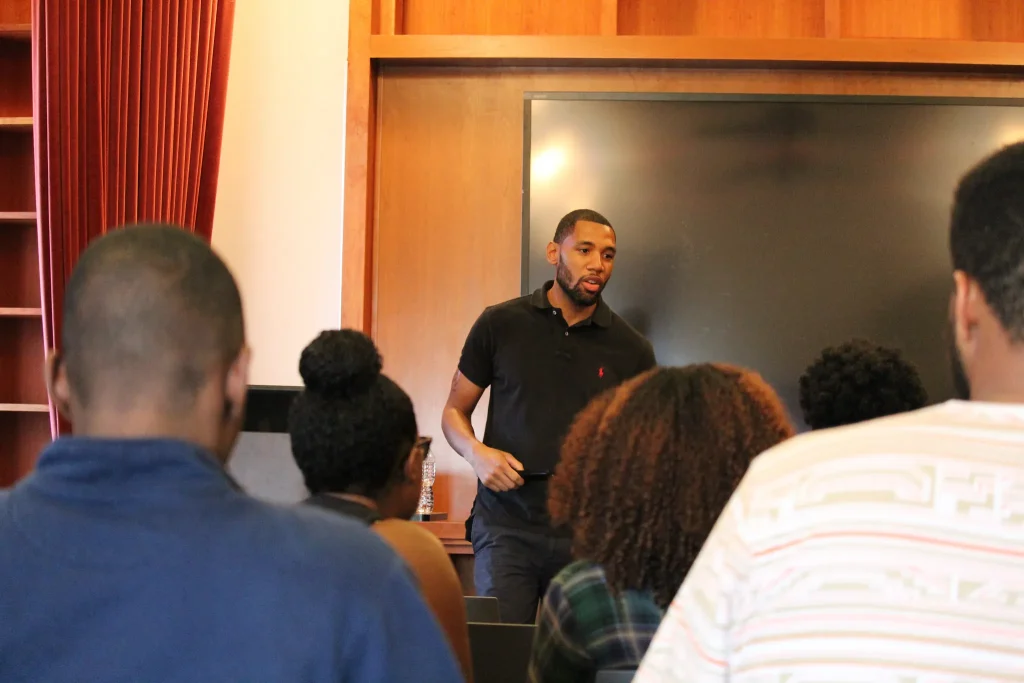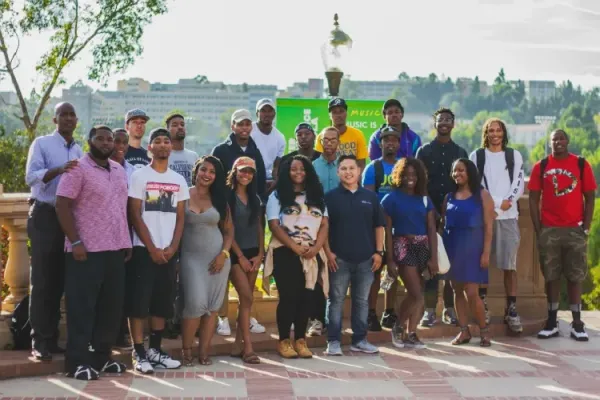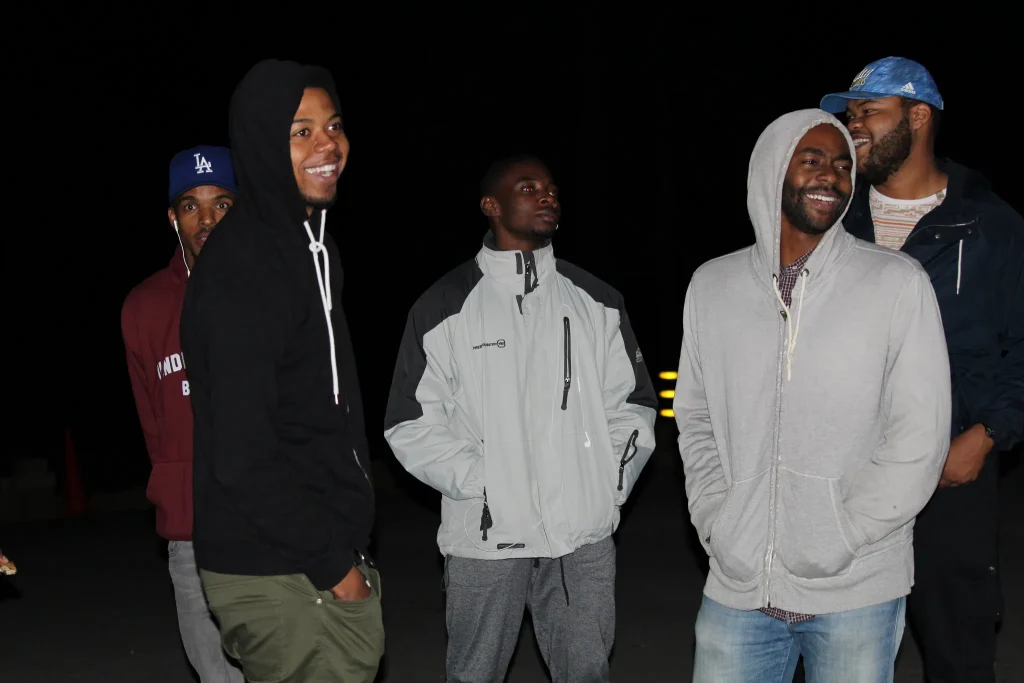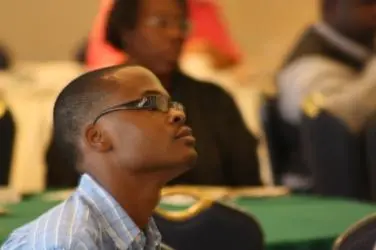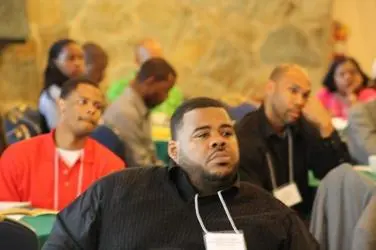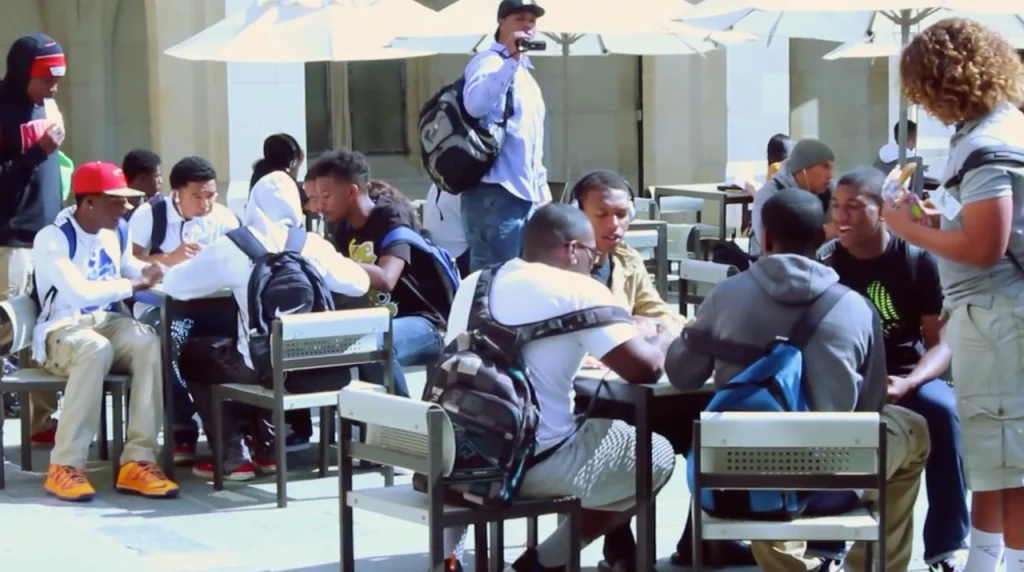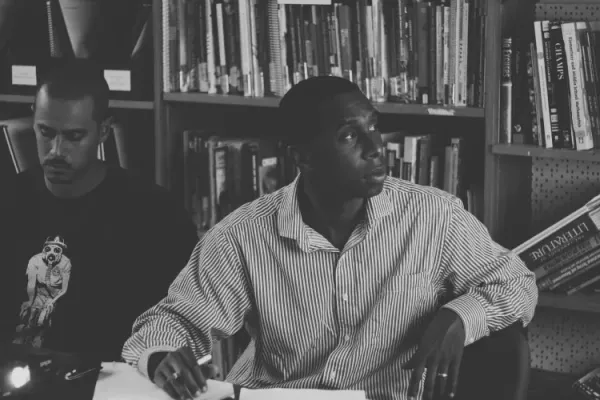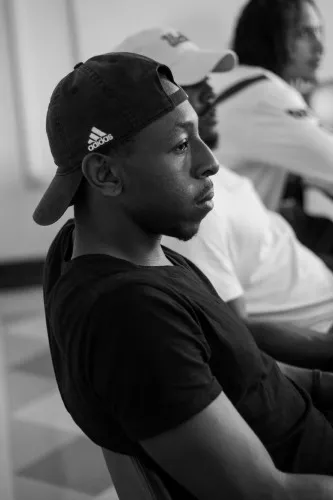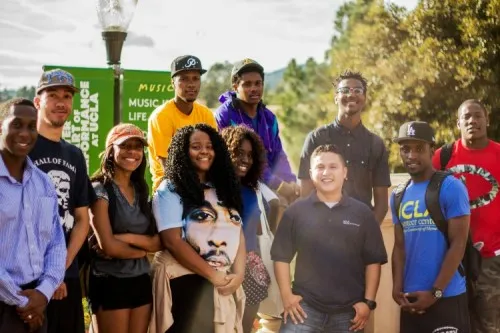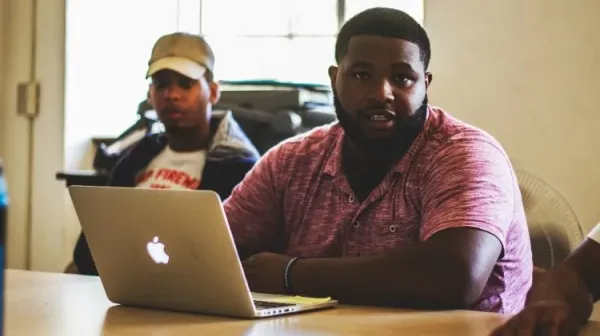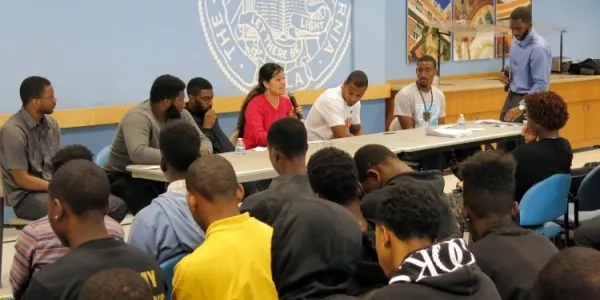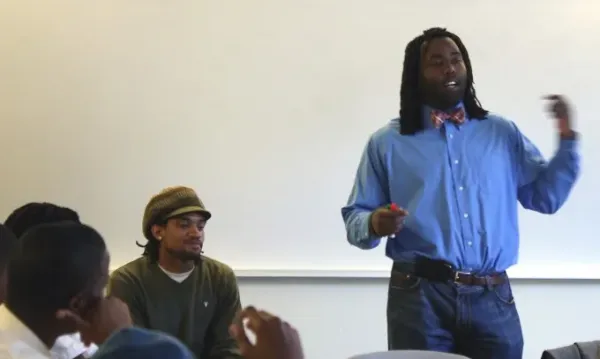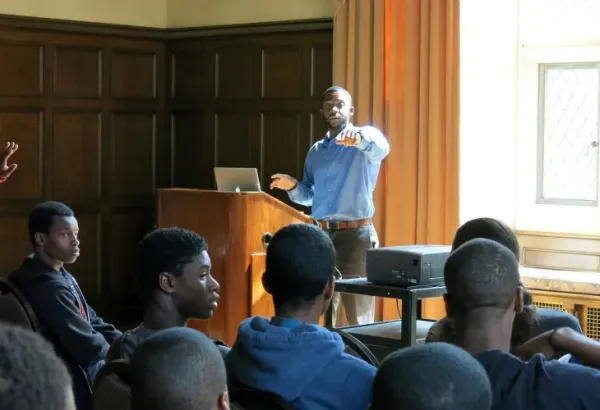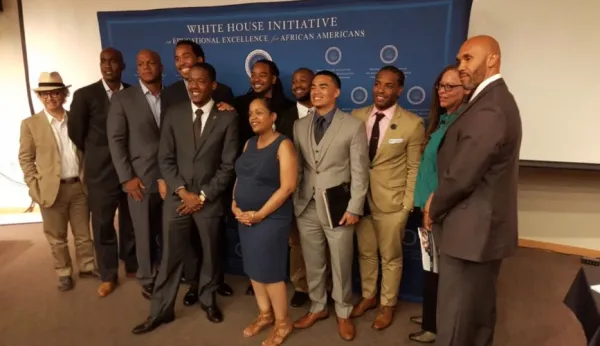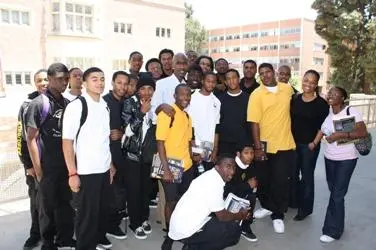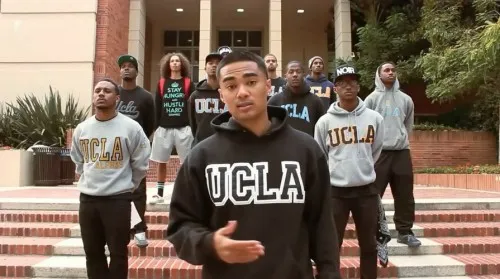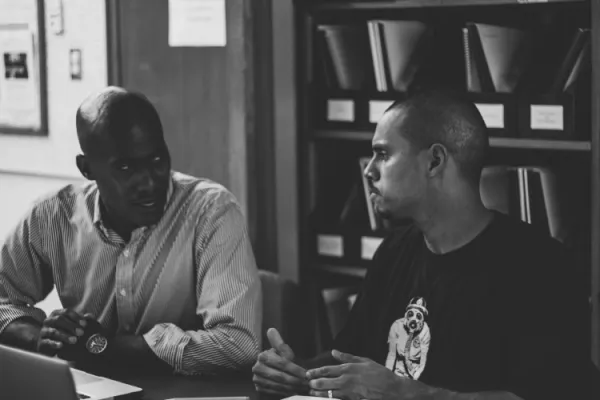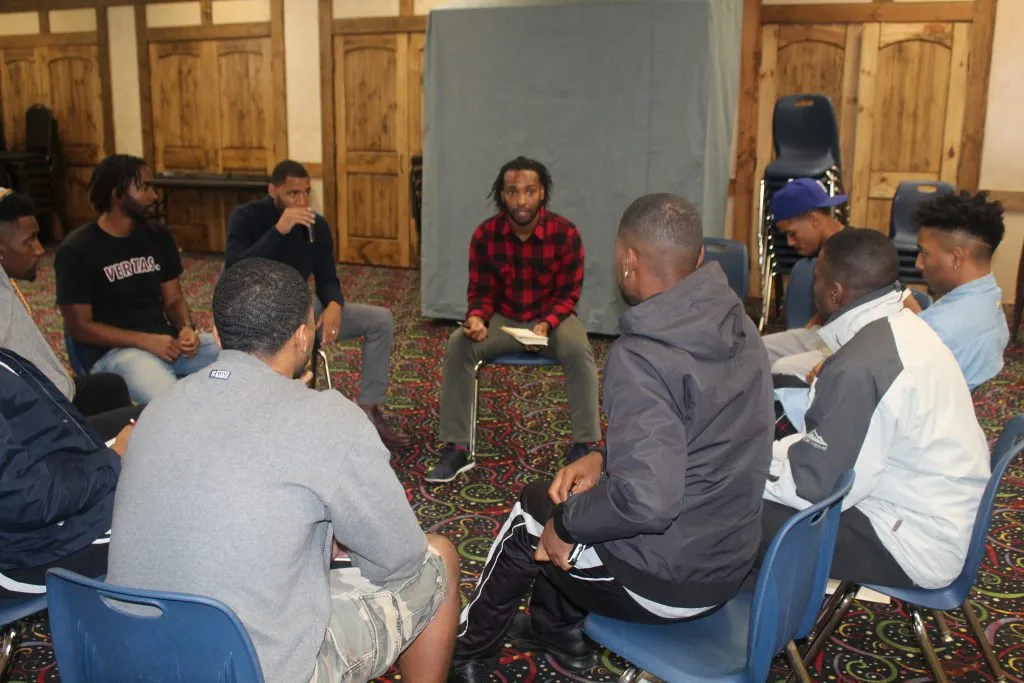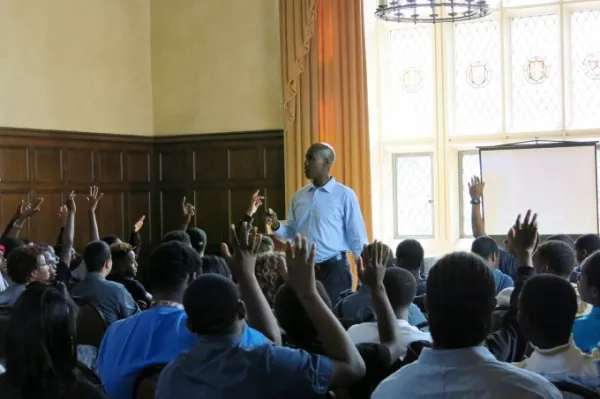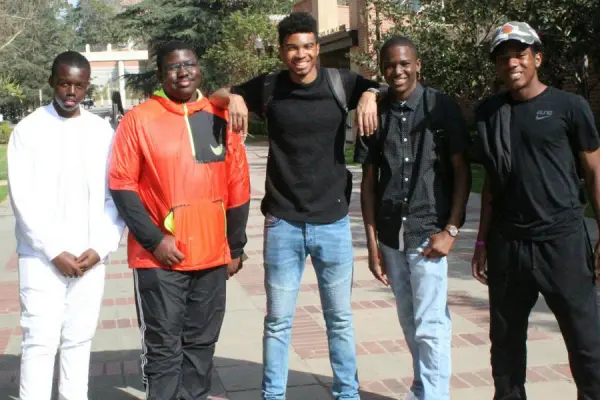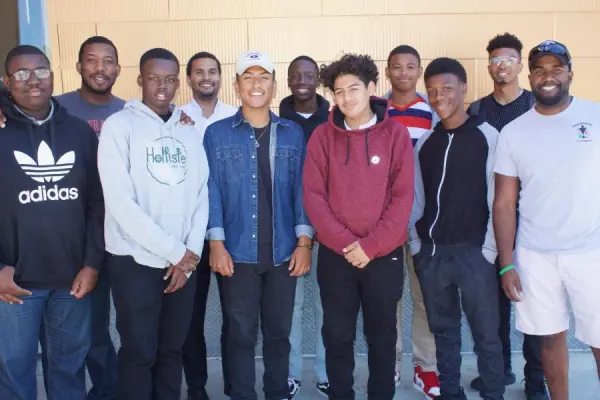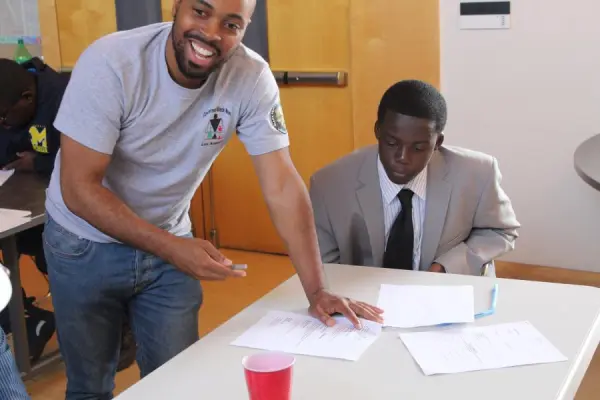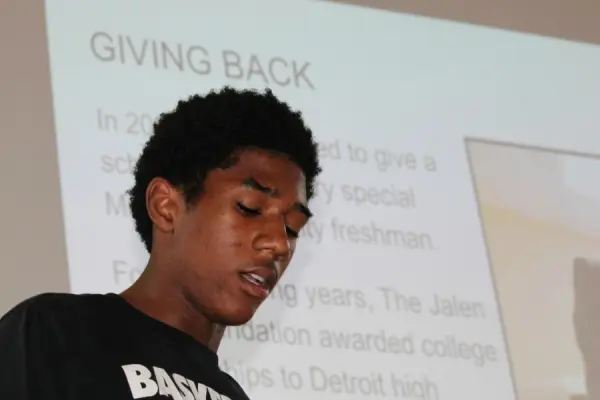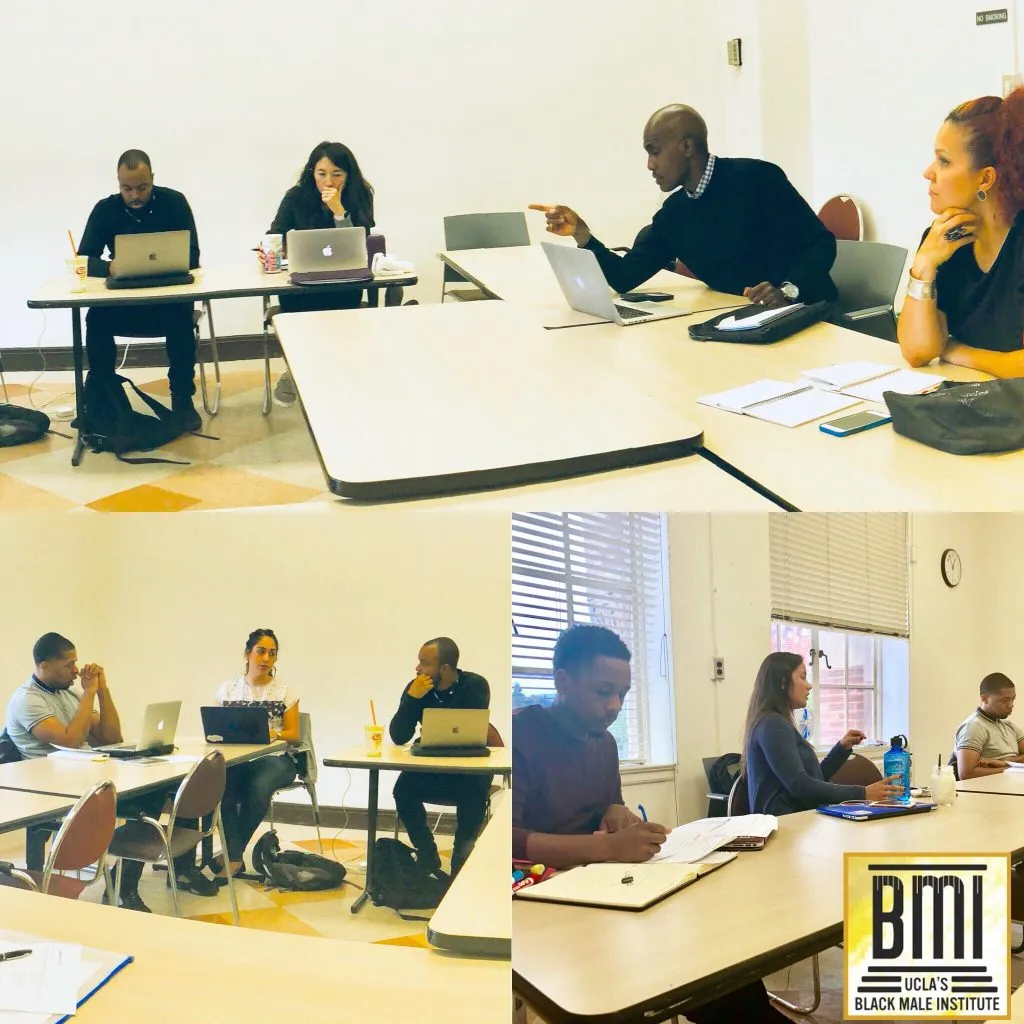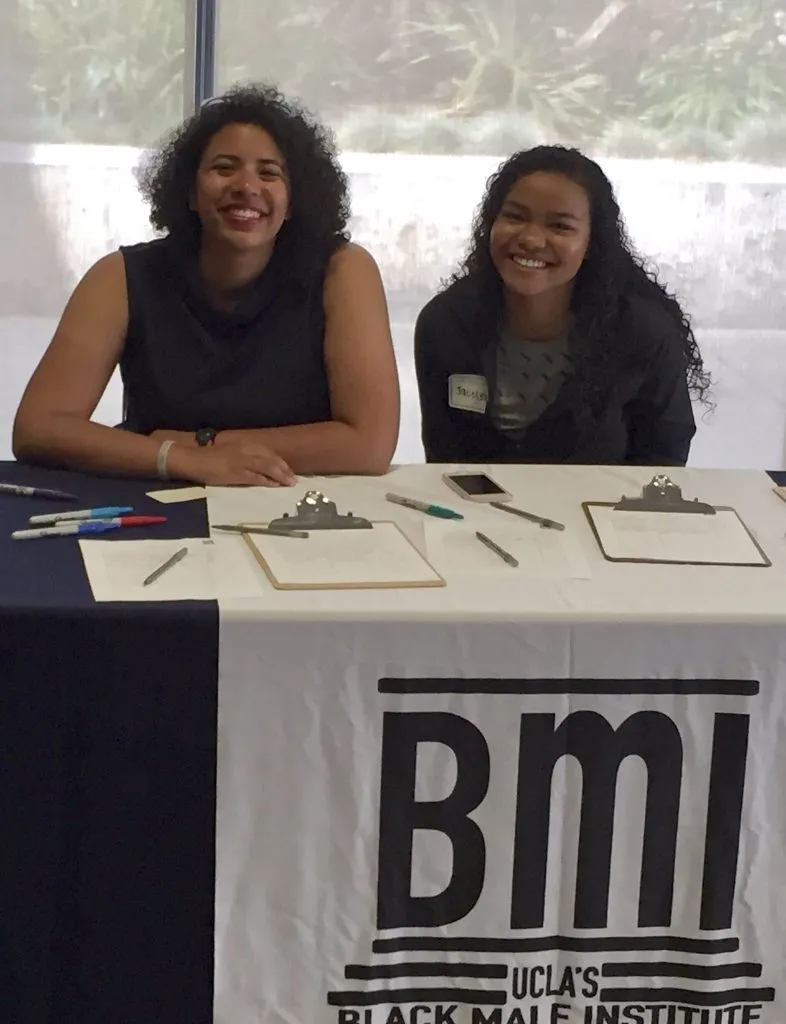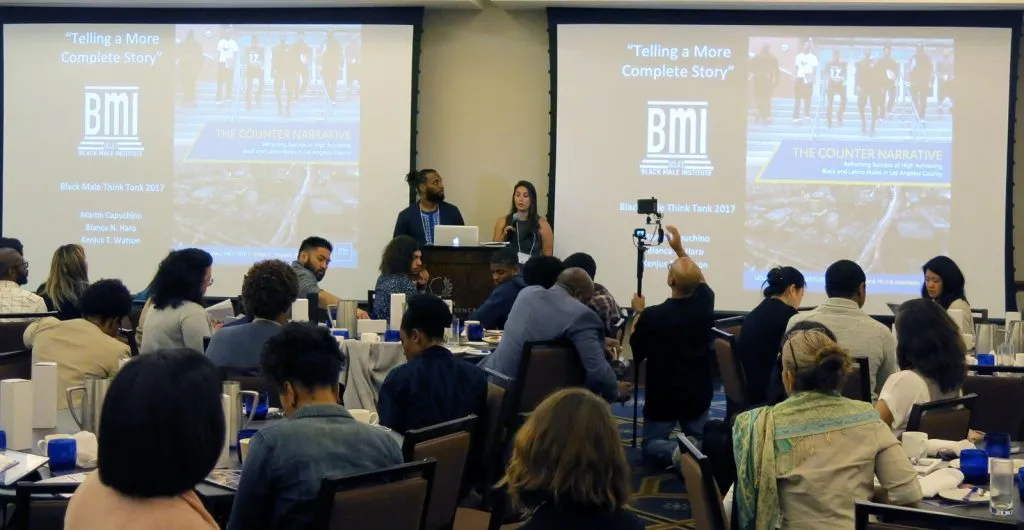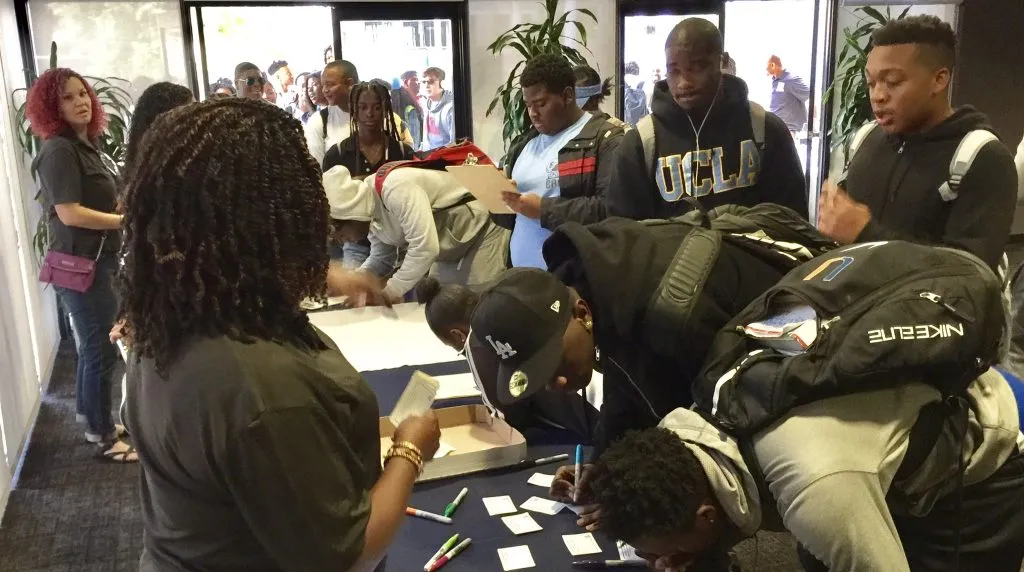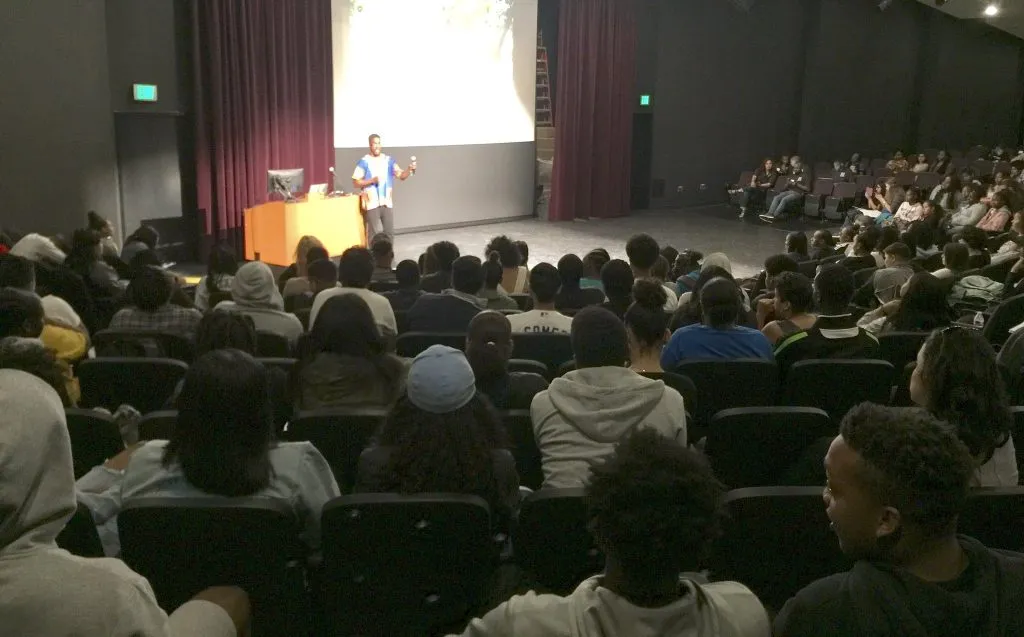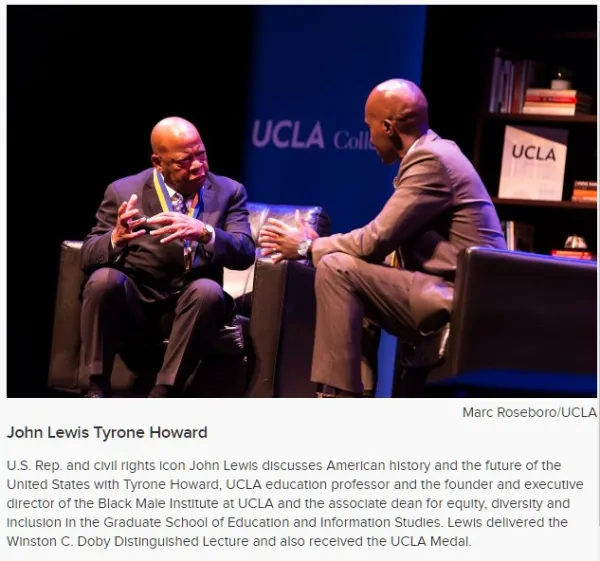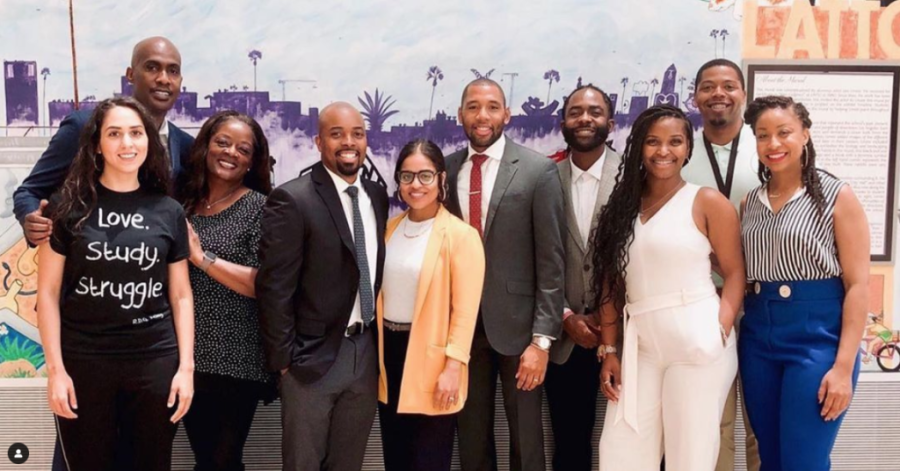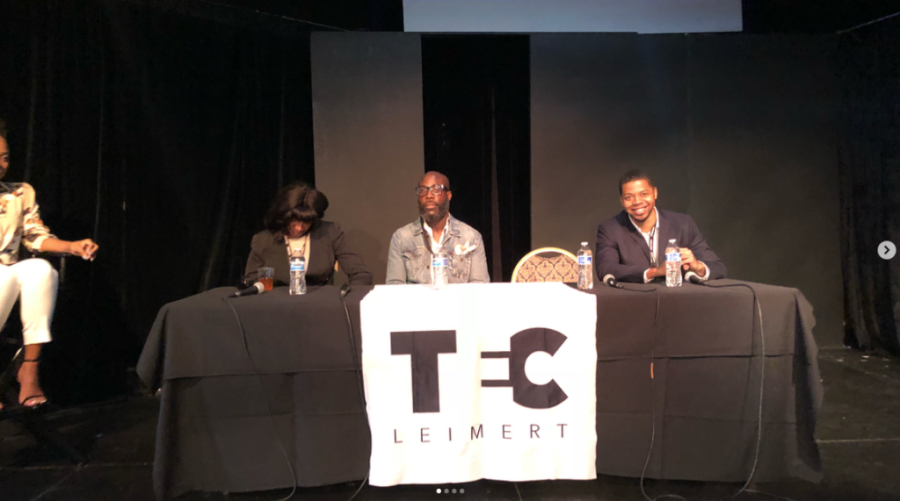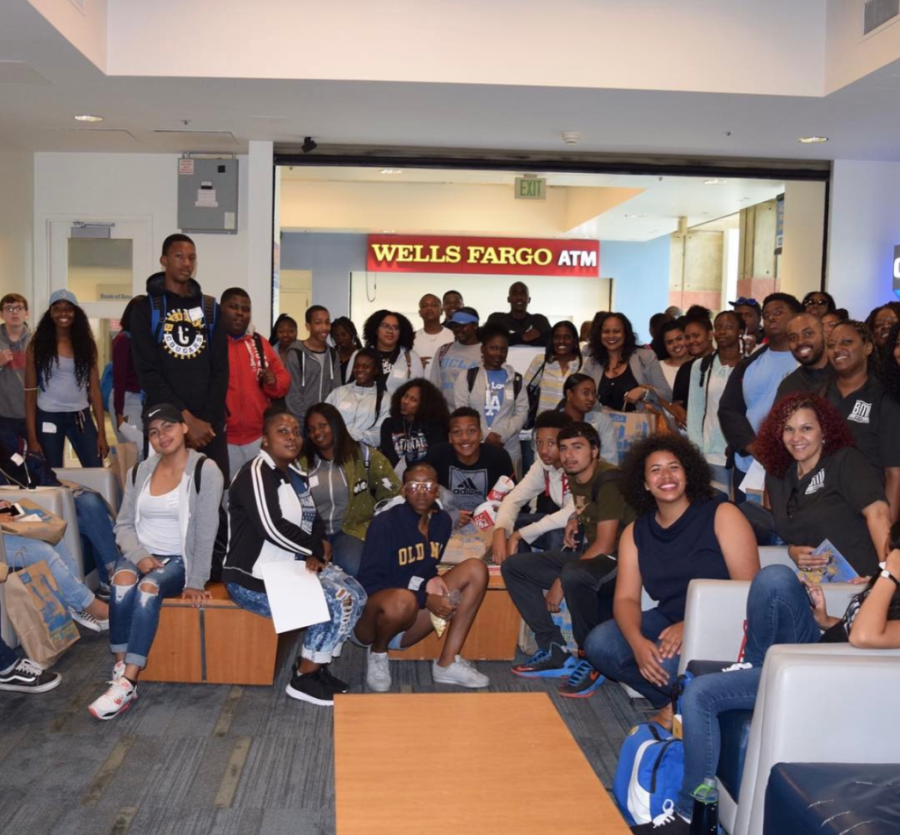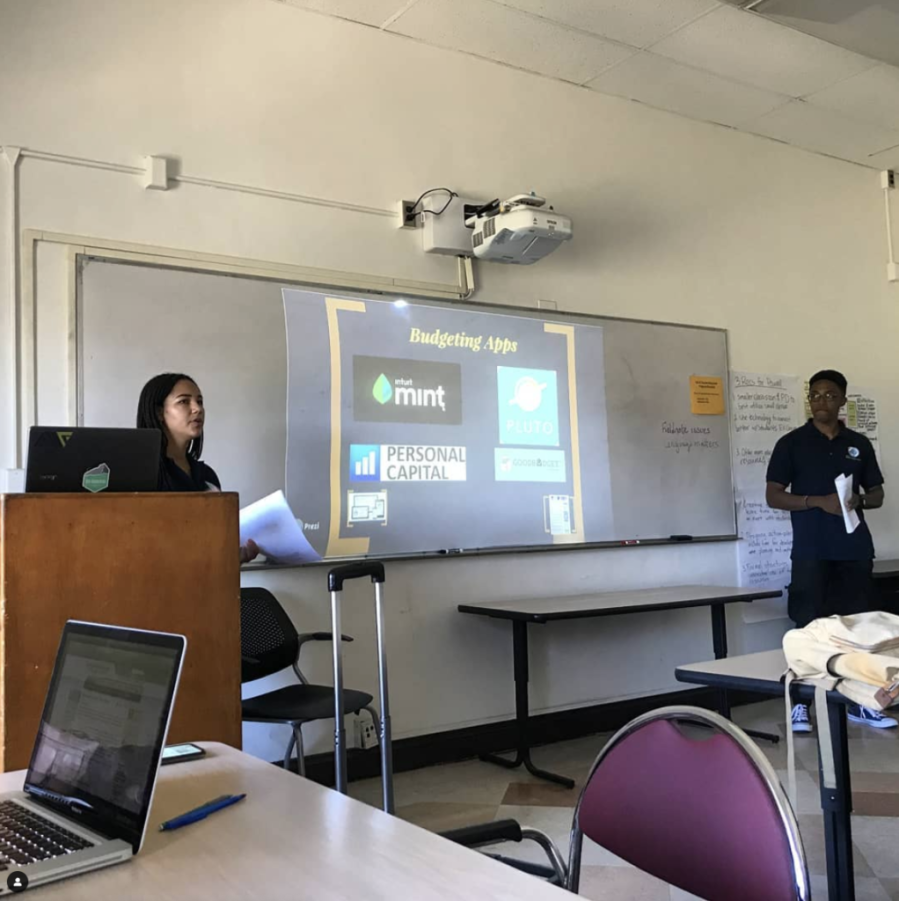
Making educational success more accessible for Black males since 2009.
The Black Male Institute was founded in 2009 by CTS Co-Faculty Director Dr. Tyrone Howard to address concerns around equity and access for Black males in education.
Housed within the UCLA Center for the Transformation of Schools, BMI operates as an entity within CTS, maintaining a focus on equity and access for Black males. Since 2009, BMI has hosted educators and community members for annual Think Tanks, and has welcomed over 500 middle and high school students on the UCLA campus to participate in workshops focused on preparing young Black males for college.

Dr. Tyrone Howard shares about the vision behind the partnership between the UCLA Black Male Institute and the UCLA Center for the Transformation of Schools. Read the full integration announcement on our blog.
BMI’s work
The Black Male Institute conducts reliable research, practical interventions, and effective programs that enrich the educational experiences and life chances of Black males in the United States by engaging researchers, scholars, practitioners, community based organizations, policy makers and students across the P-20 spectrum.
- Reliable Research BMI research projects engage with topics that include Black youth experiencing homelessness and foster care, school policing practices within LAUSD, Black men on probation, Black female students’ experiences at HWIs (Historically White Institutions), Black youth academic outcomes and accumulation of disadvantage within Los Angeles County, and Black & Latino success and resilience.
- Practical Interventions Interventions like Blacklimated seek to provide a space for undergraduate participants to engage one another in meaningful dialogue that is relevant to the individual and collective experiences of transitioning into UCLA.
- Effective Programs BMI has created programs and courses to support Black male student retention (Blacklimated), explore the experiences of Black female students (Sister-to-Sister), and introduce Black undergraduate students to research fundamentals (Project Lumina).
Research & Evaluation
The Unseen & Unsupported Students in Charter Schools
An Analysis of Charter Schools’ Student Homeless Populations in Los Angeles County
Charter schools in Los Angeles County serve over 252,000 students. In the 2018-2019 school year, 4,429 of those students were identified as experiencing homelessness. This brief report offers an analysis of countywide data on charter school students experiencing homelessness.

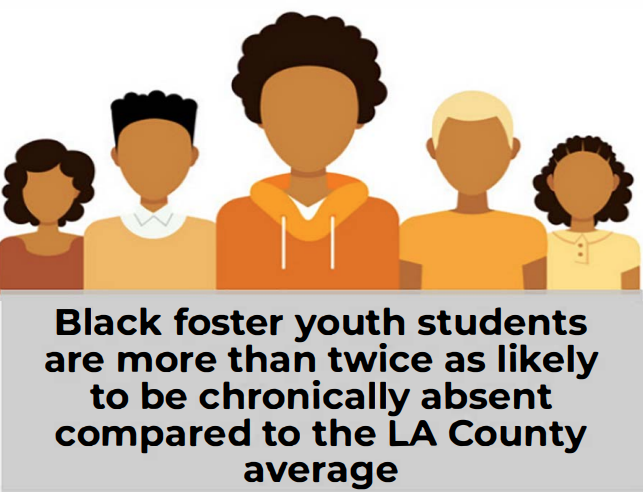
The Disenfranchisement of Black Foster Youth
California public schools educate over 46,000 K-12 students in foster care. About a third of them attend Los Angeles County public schools. In 2018-2019, 43% of all Black foster youth students in California were attending public schools in LA County. Black foster youth students disproportionately experience punitive discipline and are suspended at a rate of 17% in comparison to the overall LA County rate of 2%, have the highest representation in special education at 37%, the largest chronic absenteeism rate at 34%. Only 51% of Black foster youth students graduated on time during the 2018-2019 school year. Black foster youth students struggled with college enrollment in 2017-2018, with zero percent enrolling into a UC and only 6% enrolling in a CSU upon high school completion. Black foster youth students attending school in LA County are being disenfranchised in their educational experiences.
Keeping Students Safe in Los Angeles
An Analysis of LAUSD School Incident Reports & Funding
Los Angeles Unified School District funds the largest independent school police department in the United States. In 2019-20, the district allotted $70 million to the Los Angeles School Police Department. This brief provides an analysis of district-wide school incident reports, funding trends for LASPD, and LAUSD students’ reported feelings of safety at school.

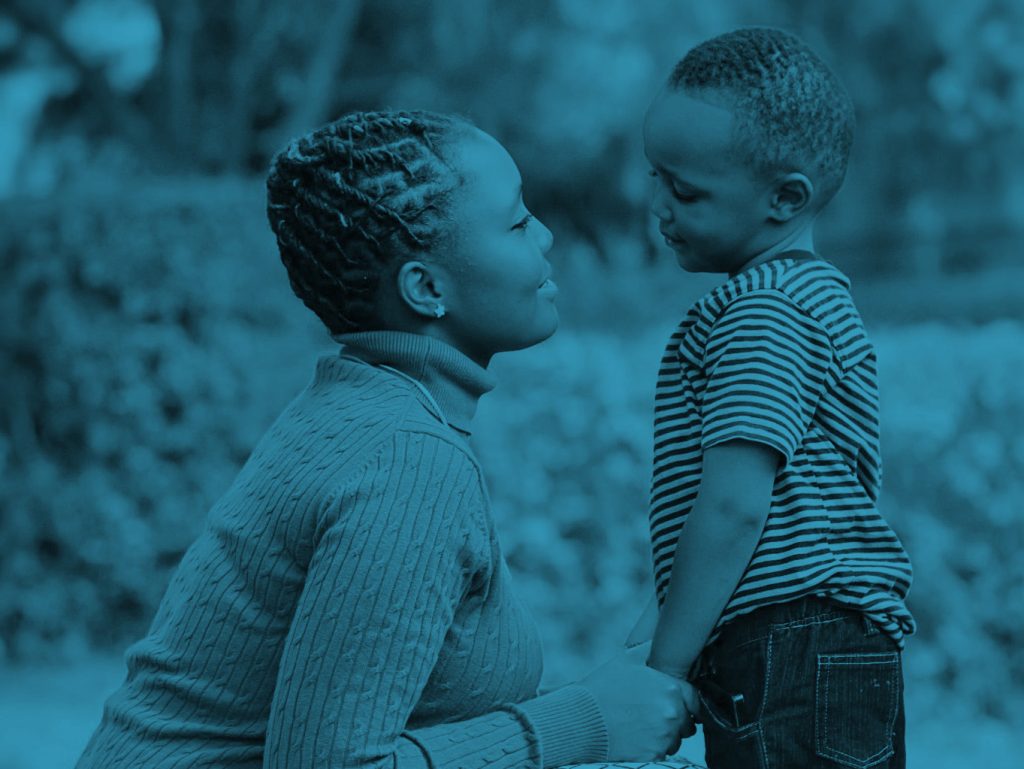
Beyond the Schoolhouse
Overcoming Challenges & Expanding Opportunities for Black Youth in Los Angeles County
Throughout this report, we reference the ways in which the accumulation of disadvantage across various educational, health and social indicators interact with the academic and developmental outcomes of Black children in Los Angeles County. Failure to recognize how poverty, health, and educational performance are related has made it more difficult for education policy to have a positive impact on the needs of the most vulnerable children. This report aims to correct this oversight, suggesting solutions that are designed to counter the effects of these disadvantages.
A model for Creating Academic Counter-Spaces for Black Women at HWIs
Research shows that Black students at Historically White Institutions (HWIs) are confronted with unique challenges and stress when integrating into college life. Black women in particular, are among the most vulnerable to psychological, social, and academic maladjustment. The experiences of Black women at UCLA illustrate such trends. The purpose of this brief is to highlight the psychosocial experiences of Black women at an HWI, and present key components of a successful academic counter-space.
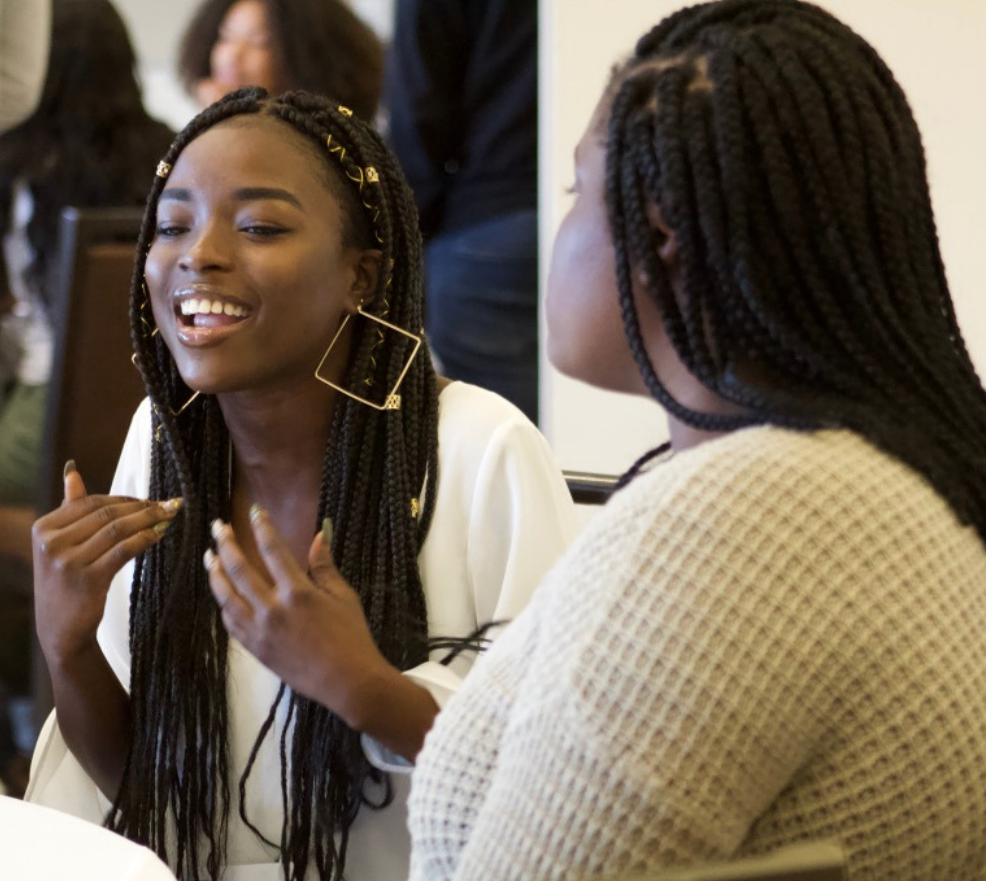
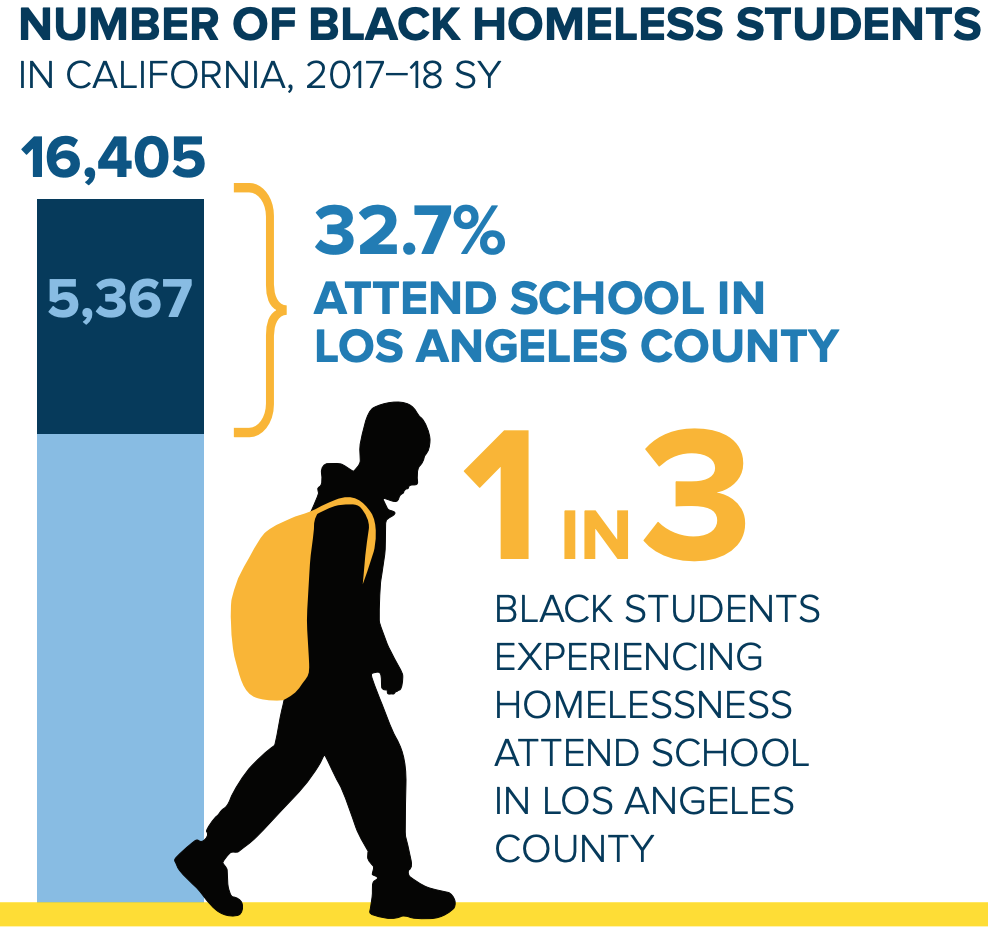
Young, Black & Houseless
An Analysis of LA County Black Homeless Student Population
This brief analyzes Los Angeles County’s student homeless data from the California Department of Education. The analysis found that one-third of all Black students experiencing homelessness in California are attending public schools in LA County. The number of Black homeless students has increased by more than 40% since the 2014–15 school year. In LA County, Black students are the only racial/ethnic group that disproportionately experiences homelessness.
The Counter Narrative Report
While the failures of young men of color are well documented, too little attention has been paid to their success and achievements. The Counter Narrative Project aims to change that. This report highlights young men who are the products of high expectations and shines a spotlight on resilient, intelligent, and caring young Black and Latino men across Los Angeles County. Our research reveals their humanity and makes clear their leadership and success in the classroom and in their communities.
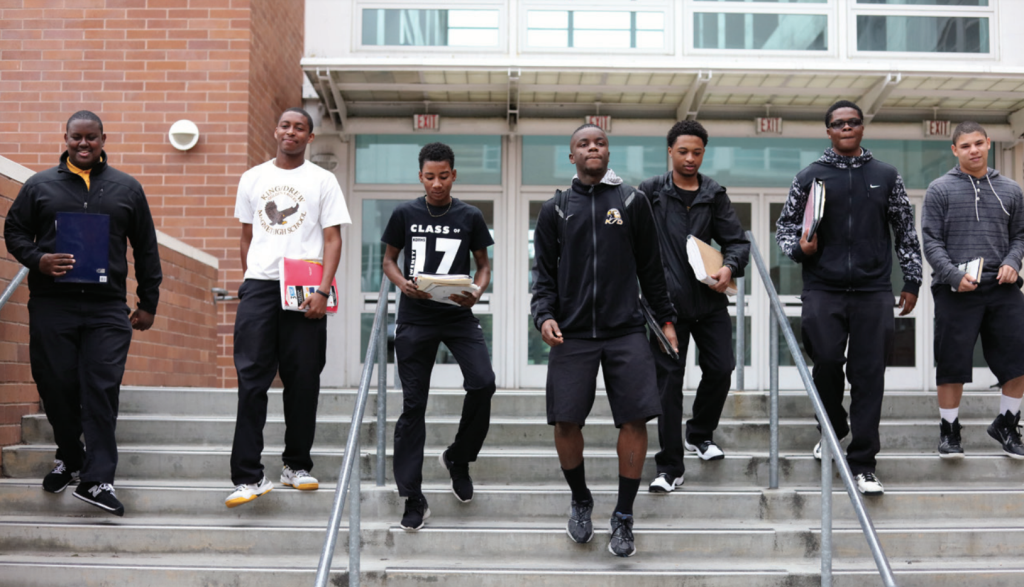

BLOOM
The Building a Lifetime of Options and Opportunities for Men (BLOOM) Initiative was designed with the goal of redirecting Black male youth, ages 14-18-years-old involved with the Los Angeles County probation system, toward improved educational and employment opportunities and outcomes. In collaboration with CCF and several community-based organizations, the UCLA Black Male Institute evaluated and documented the progress made toward serving probation-involved Black male youth in South Los Angeles during the first three years of the Initiative (2012-2015).
Freedom Schools
In the 1960’s, the Children’s Defense Fund (CDF) Freedom Schools started as part of a nationwide effort to assist African Americans in achieving social, political, and economic equality in the United States. Originating in the South, college-age youth operated Freedom Schools to provide an alternative to the state’s underfunded and segregated school system. Half a century later, CDF Freedom Schools continue to aid students through summer and after-school programs. This brief outlines the impact that CDF Freedom Schools are having on literacy development and civic engagement of South Los Angeles Youth.
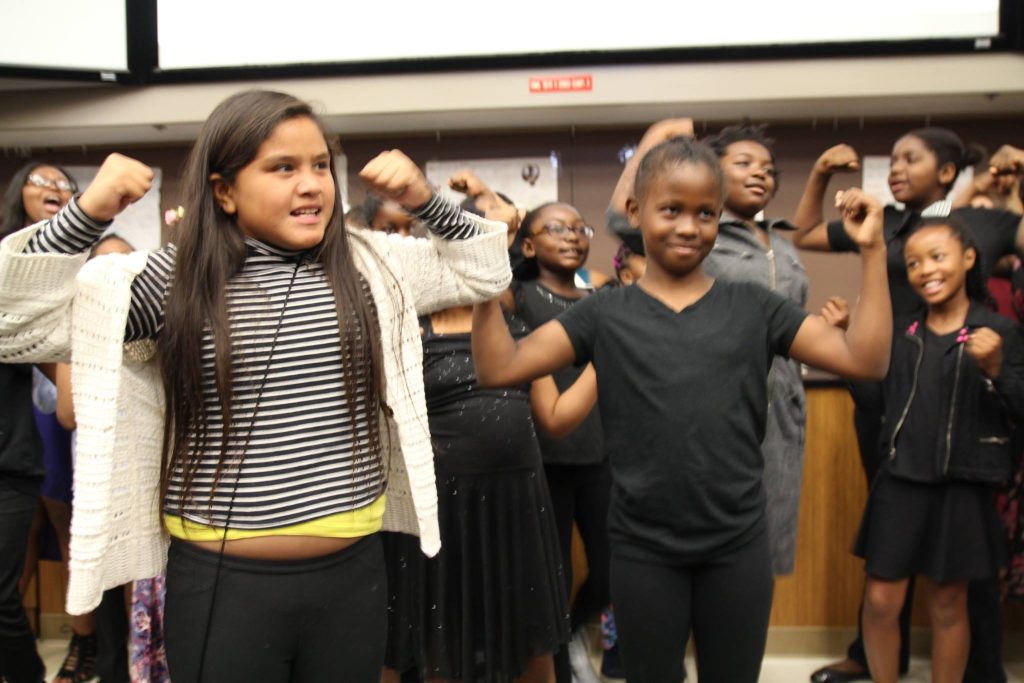
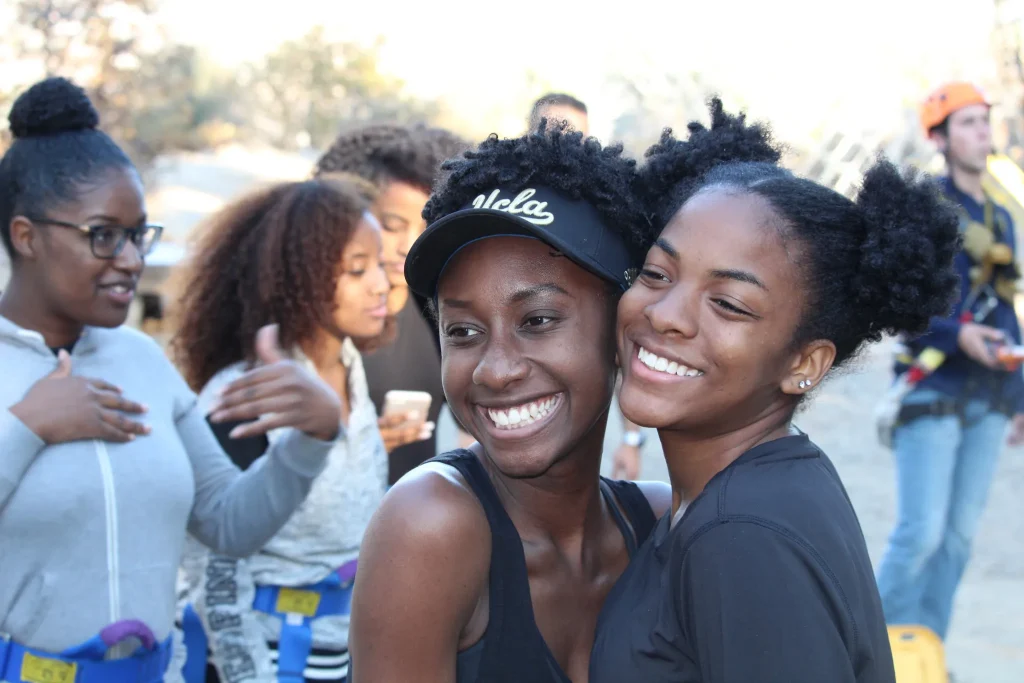
Gateway-to-Graduation
Blacklimated and Sister-to-Sister are two UCLA undergraduate courses created by BMI to support Black male and female students throughout their college experience and beyond.
The Gateway-to-Graduation project is the BMI’s formal research project that examines what role, if any, does Sister-to-Sister and/or Blacklimated play in the retention, persistence, and graduation rates of Black undergraduate students at UCLA.
Saving Our Sons
Saving Our Sons examines the impact that all male learning spaces have on the academic and behavioral outcomes of African American males at three different high school sites in Los Angeles County. The study seeks to examine the organizational structures of these spaces, and the pedagogical practices used by the teachers who led them. The article “Does a “Negro” Still Need A Separate School? Single Sex Educational Settings as Critical Race Counterspaces” expounds upon this research. This article explores whether contemporary educators should consider single-sex educational settings as viable interventions in educating African American males.
